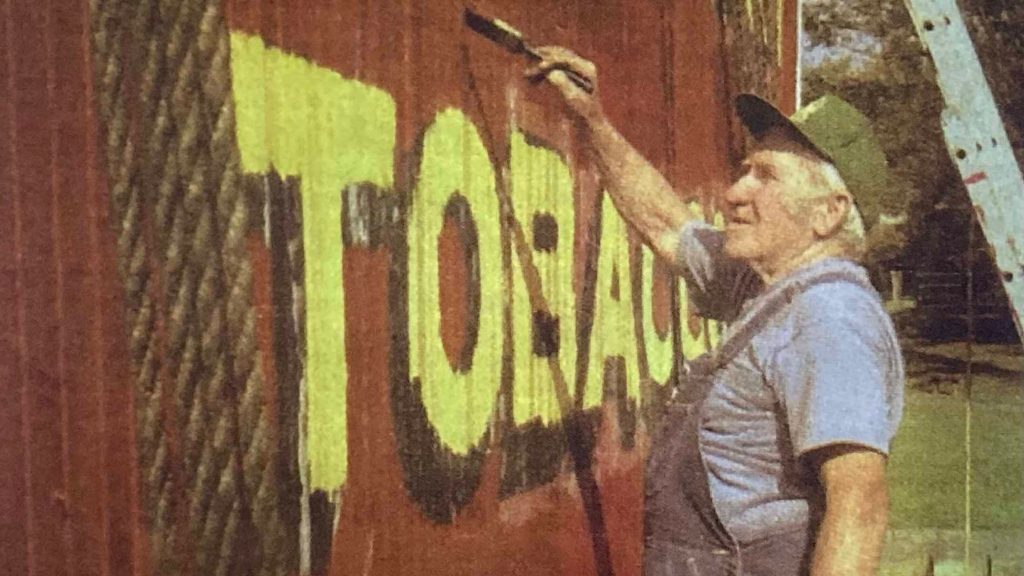Mail Pouch Tobacco barns continue to line the country roads of West Virginia, Pennsylvania, Ohio, and nearby states, serving as both beautiful American folk art and a reminder of a bygone rural United States. These barns were painted by local artists, not generated by computer graphics, with Harley E. Warrick being the last artist to paint Mail Pouch Tobacco signs. Warrick, a World War II U.S. Army veteran, became a folk hero for his work on these iconic barns, which served as a prominent form of mass marketing in the mid-20th century.
Bloch Brothers Tobacco Co., the company behind Mail Pouch Tobacco, was founded in Wheeling, West Virginia, in 1879. The era when these barns were painted saw nearly 6 million farms in the United States, a number that has significantly decreased to 1.9 million today. The Mail Pouch tobacco advertising gimmick began in 1891, with the last barn being painted in 1992. At its peak, there were around 20,000 painted barns mostly in the Midwest, providing a natural billboard medium for mass marketing purposes.
Warrick, who returned from World War II in 1946, joined a crew painting Mail Pouch Tobacco ads shortly after his return. Initially working with a partner and traveling together, he eventually worked and traveled alone, often leaving home on Monday and returning on Thursday. This solitary work became cathartic for Warrick, allowing him to escape the regimented Army life and the horrors of war. Despite rarely discussing his wartime experiences, his son mentioned that Warrick would bring up his time in Europe during the frigid winter of 1944-45 whenever his family complained about the cold.
Warrick’s service in the 99th Infantry Division during World War II included heroic actions during the Battle of the Bulge, where the unit faced a fierce German onslaught. Despite enduring significant losses, the unit crossed the Rhine River and liberated the Dachau concentration camp. Warrick’s post-war life as a painter brought him peace and solitude, allowing him to establish himself as the last man to paint Mail Pouch Tobacco signs. His work gained him local and national recognition, including a segment on “On the Road” with journalist Charles Kuralt, showcasing his skill and dedication to this dying art form.
Warrick passed away in 2000, leaving behind a legacy as a talented artist and the last of a generation of barn painters. His dedication to his craft and ability to find solace in the solitude of painting these barns served as a testament to his resilience and creativity. Despite the hardships he faced during the war, Warrick found comfort in the simple act of painting signs on barns, leaving behind a lasting imprint on American culture and artistic history.















